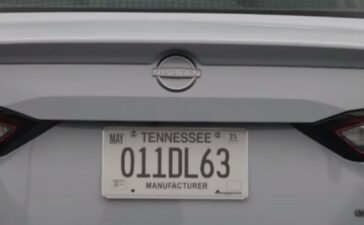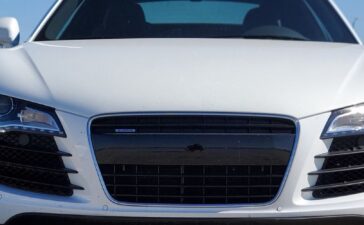You have probably seen a small, engine-shaped icon on your BMW’s dashboard, and not until it came on did you pay much attention to it.
But as much as it might be taken for granted, the BMW check engine light is a crucial part of any vehicle’s onboard diagnostics (OBD) system and helps you fix your car before anything serious happens.
If your car is rather new, you might not know how stressful it is to see the check engine light on. But once it comes on, you have to know the causes and fixes of the check engine light issues.
In this article, we have tried to introduce the check engine light, explain what causes its illumination, how to address the issues, and how to make preventive measures. Reading this article is a must for any car owner.
What is the meaning of the Onboard Diagnostics (OBD) System?
To fully understand the onboard diagnostics (OBD) system, you need to know that the check engine light of BMW is triggered by this system.
BMW’s OBD system, much like any other system, consists of different components and is a complex network that monitors your vehicle’s performance.
Once the OBD system on your BMW detects a problem, it turns on the check engine light and stores a trouble code in its memory.
The error code can be read with an OBD scanner, which is a great way of diagnosing the vehicle and its issues, helping you and your car’s mechanic to address the issue more accurately.
You might also enjoy: Jeep Check Engine Light: Causes And Solutions [2023]
What does the onboard diagnostics (OBD) system consist of?
To provide a vehicle’s self-diagnosis and help the repair technicians, the OBD system uses several components.
The OBD system of your BMW, much like any other OBD system, consists of a network of different sensors, a central system, a connection point, and a few indicators that together create a monitoring system.
Each OBD system consists of these components:
- Sensors: There are various sensors in any vehicle, especially your BMW. They play a very important role in keeping your car and its engine at their best performance by collecting data from them and sending it to the ECU for monitoring and control.
- ECU: The Electronic Control Unit, also known as ECU, is the central part of the OBD system. The ECU does its job by collecting data from different sensors and putting the data to use. Once the ECU has collected the inputs throughout the vehicle, it starts monitoring for any problems or malfunctions. The ECU is also in charge of controlling different parts of the car.
- DTC: It is the sensors’ job to collect data from each system’s performance. The sensors send the data to the ECU for interpretation and monitoring. Now what happens if the car’s systems are not working normally?
If any system’s performance is not optimal, then the sensors sense it by the change of usual information, and once the data falls out of the normal range, the ECU has to save the sent information.
This information is saved by the ECU as a Diagnostic Trouble Code, also known as the DTC.
Every DTC consists of many letters and numbers indicating the origin and nature of the malfunction.
The ECU will alert you of the malfunction by turning the indicators on.
- DLC: Diagnostic Link Connector (DLC) is a port usually located beneath the dashboard of the vehicle, on the driver’s side, although it can be found elsewhere in different cars.
By connecting to this port you can collect the DTC codes and all the data regarding the detected issue.
- MIL: MIL stands for Malfunction Indicator Light and is a warning system to alert the driver of any issues that are detected by the ECU.
So when the ECU finds any problem while monitoring the systems and saves a DTC, it triggers the related indicator lamp, letting you know that something is wrong with the vehicle’s system.
If the indicator is on and it stays on, there is a minor problem that needs addressing but if the indicator lamp is flashing, the detected problem needs immediate attention and addressing so you should not ignore it.
What is the BMW check engine light?
A relatively small icon on your BMW’s dashboard that is usually shaped like an engine, this light is a critical component of your vehicle’s onboard diagnostics (OBD) system, and understanding its function is crucial for every BMW owner.
The BMW check engine light is an indicator lamp of the OBD system and its illumination is a signal that something is not right with your vehicle’s engine or related systems.
But the check engine light on your BMW’s dashboard is more than just an indicator. It is a communication tool between you and your car.
When the BMW check engine light is illuminated, it alerts you to potential problems that, if ignored, could lead to serious engine damage, increased emissions, and decreased performance.
You might also enjoy: Chevy 2500 Bolt Pattern: Ultimate Guide [2023]
What can trigger the BMW check engine light?
Numerous reasons lead to an illuminated BMW check engine light. We have gathered the most common reasons in this article:
1. The vehicle’s oxygen sensor is faulty
If your BMW’s check engine light is on, you can guess there is something wrong with the vehicle’s oxygen sensor.
The BMW oxygen sensor is an important part of the vehicle’s system. It measures the amount of unburnt oxygen in your car’s exhaust system, providing regular feedback to the ECU to optimize the best fuel mixture and if it fails, your engine will run inefficiently, leading to increased fuel consumption and emissions.
If the source of the problem is your car’s oxygen sensor, you need to fix it as soon as possible. It might not cause immediate harm, but over time, a faulty oxygen sensor can cause damage to components like the catalytic converter and spark plugs.
Replace the oxygen sensor if you want your car to benefit from its system’s optimal performance.
2. There is something wrong with the fuel cap
As a small and simple part of a vehicle, the fuel cap does a very important job. The gas cap is in charge of sealing all the fuel vapors in, preventing them from escaping into the atmosphere and if your car is old, your gas cap is very likely to get bent, broken, and loose. It can be the case with other cars as well.
A missing, damaged, or loose gas cap can trigger the BMW check engine light because it can cause fuel vapors to leak out.
This can simply lead to poor fuel economy or potential damage to the car’s fuel system.
One of the most common causes of the check engine light illumination in BMW vehicles is a loose or damaged gas cap.
We recommend checking the gas cap as soon as the check engine light is on.
3. The car’s catalytic converter is not working properly
A failing catalytic converter can be the cause of the BMW check engine light coming on, and it is in charge of changing harmful emissions into less harmful substances, playing a very important role in the exhaust system of the BMW.
A failing catalytic converter results in decreased performance of the engine, higher temperature that harms the engine and other systems over time, and fuel efficiency.
This all explains the importance of the BMW catalytic converter. If it is clogged or damaged, you need to take care of the issue before it causes more serious harm.
You might also enjoy: Why Did My Traction Control And Check Engine Light Come On?
4. The BMW’s ignition system is faulty
Your BMW’s ignition system has many key components such as the spark plugs and ignition coils that are responsible for igniting the air-fuel mixture in your engine’s combustion chambers, and once faulty, they cause engine misfires, lower the fuel efficiency of your BMW, and of course, reduce the vehicle’s performance.
This issue may cause the check engine light indicator to come on. To prevent this, you can inspect the ignition coils and spark plugs regularly and have them replaced once in a while (depending on your driving habits and your car’s type).
5. The Mass Airflow (MAF) Sensor is failing
The correct fuel-to-air ratio is determined by the mass airflow sensor by measuring how much air enters the engine and determining the amount of needed fuel.
The mass airflow (MAF) sensor can get dirty or damaged and once it gets faulty, it can cause damage to the spark plugs, oxygen sensors, or catalytic converter.
Causing different troubles within the car’s system, a failing mass air flow (MAF) sensor may decrease fuel efficiency and lead to power loss, so if you are experiencing such issues plus the check engine light coming on, it is necessary to have your car checked by a repair technician and replace the mass airflow sensors if necessary.
6. Issues with the fuel injector are disrupting the engine’s performance
The fuel injection system is responsible for transferring enough fuel to your BMW’s engine’s combustion chambers.
If any part of this system (such as the fuel injectors or fuel pressure regulator) is impaired, clogged, or broken, the check engine light on your dashboard will be illuminated because of the troubles that it has caused.
The fuel injector issues can cause the engine to run lean. It means that not enough fuel will be transferred to the engine’s combustion chambers, and there will be too much air which disrupts the air-fuel mixture.
7. The exhaust Gas Recirculation (EGR) valve is faulty
The job of the exhaust gas recirculation (EGR) valve is to help the system reduce the engine’s emissions by recirculating a portion of the exhaust gases back into the engine cylinders.
If the EGR valve is broken and damaged in any way, it can lead to increased emissions, poor performance, and of course a lit check engine light.
8. There is a leak in the vacuum system of the vehicle
If the car has vacuum leaks, check engine light comes on because the engine uses a vacuum to control a variety of different components. Any component such as intake manifold gaskets, vacuum hoses, or the brake booster might undergo vacuum leaks.
If this is the case, this issue can disrupt your car’s engine’s air-fuel mixture, resulting in the illumination of the check engine light because the leak in the vacuum system can affect everything from fuel economy to engine performance.
You might also enjoy: Everything You Need to Know About Mazda Check Engine Light
9. A faulty battery is another reason for the check engine light coming on.
Charging system problems or any issues within the battery might be the cause of your car’s check engine light turning on.
A faulty alternator or a weak battery will result in an inadequate power supply, which affects the vehicle’s electrical system.
10. Overheating of the BMW’s engine may cause a lit check engine light
There is a safe level of temperature for any car engine which would trigger the check engine light if exceeded.
The reason behind your BMW engine’s increased temperature might be a nonfunctional cooling system or low coolant levels.
11. An engine misfire may be the cause.
If any cylinders cannot ignite properly, the result would be an engine misfire.
Worn spark plugs, fuel delivery problems, or ignition system faults are some factors that cause this.
Poor fuel efficiency and rough engine operation are also other results of engine misfires when the BMW check engine light is on.
12. The car’s throttle body is dirty.
The job of the throttle body is to regulate the airflow into the engine.
If the throttle body gets dirty or malfunctions in any way, it leads to poor engine performance, triggering the BMW check engine light.
you can also check this podcast:
13. Issues within the transmission affect the check engine light.
There are some problems with the transmission that may cause the illumination of the check engine light. Problems such as faulty sensors or solenoids lead to poor shifting, slipping gears, or any other performance lack that can trigger the check engine light.
What to do once the BMW check engine light comes on?
Taking the right steps can help you diagnose and resolve your vehicle’s issues properly and fast. This step-by-step guide can help you find out how to respond when your BMW check engine light comes on:
1. Stay calm and do not panic
If the check engine light is illuminated, you do not need to pull over immediately and panic. Nothing is going to happen if you know what to do.
The check engine light is simply an indicator telling you there is a problem that needs addressing.
But a flashing check engine light would require you to stop driving as soon as it is safe to do so. Do the same if you notice any severe performance issues, too.
You might also enjoy: Why Is The Check Engine Light Flashing When Accelerating?
2. Check the fuel cap for any signs of damage or being loose
As we mentioned earlier, a loose or even damaged gas cap is a very common reason for the illumination of the check engine light.
So it is reasonable to check the fuel cap as soon as you encounter a lit check engine light.
Inspect the gas cap to see if it is loose. If so, fasten it properly. Make sure to check for any other gas cap-related problems, too.
Any signs of damage or wear have to be inspected.
See if tightening the fuel cap turns the check engine light off.
If not, proceed to the next step.
3. Lower the speed and reduce the load
If the check engine light is blinking or you notice any serious performance problems, such as a loss of power, reduce your speed and try to reduce the load on the engine.
It is recommended to avoid high speeds and heavy acceleration until you can diagnose and fix the problems that have led to the check engine light’s illumination.
4. Now is the time to get professional help
Take your vehicle to a professional mechanic for a thorough inspection and diagnosis.
The tools, skills, and expertise of a professional car repair technician and mechanic help you diagnose the issue more accurately and faster. They can always recommend the best course of action.
How to diagnose the check engine light when it is on?
As mentioned before, the best, easiest, fastest, and most accurate diagnosis is only achieved by asking professionals for their expertise.
But how do they diagnose a car? And how can they be sure of the diagnosis?
When you take your BMW to a mechanic because the check engine light is on, they will follow a standard process to diagnose and fix the issue:
1. First step: Use an OBD-II scanner
An OBD-II scanner can read the trouble codes stored by the OBD system when the check engine light comes on. That is why the mechanics’ first step in diagnosing a check engine light is using this scanner to collect the trouble codes.
These codes provide information about the specific issue and help the mechanics identify the problem accurately and fast.
You might also enjoy: Flashing Check Engine Light Then Stops: Causes and Fixes
2. Inspect the engine and the related system manually
However fast and accurate using the OBD-II scanner can be, mechanics would always need to inspect the car’s system manually to make sure of the issues and problems.
They look for any signs of damage, wear, tear, or any other issue that could have caused the check engine light to come on, depending on the source of the problem.
You can never be sure of the vehicle’s true issues without a manual inspection.
How to fix the issues that trigger the BMW check engine light?
1. Diagnose the issues or have your car diagnosed by a professional
First of all, you need to find the source of the issue. So the diagnosis can be a very important step toward fixing your car when the check engine light is on.
The best way to diagnose the car is by taking it to a skilled and qualified mechanic.
2. Repair the faulty parts and systems
Now that you know what the problem is, your mechanic will tell you about the possible solutions and alternatives (if there are any).
Some components can be fixed by cleaning or repairing them.
3. Replace the sensors, components, and parts that have caused the illumination of the BMW check engine light
If the issue cannot be solved by cleaning or repairing the components, then you have to replace them.
This could involve replacing a faulty sensor or replacing a damaged catalytic converter, depending on the issue.
We recommend you do not postpone the replacements because it can lead to bigger problems and issues and even if you are unable to replace the component at present, parking your car in the garage and not driving it is the best solution until you can replace the needed parts.
Once the issue has been resolved, the mechanic will reset the check engine light.
4. Take preventive measures
Now that you have addressed the issues properly, it is time to take good care of your vehicle to prevent any issues.
However, it’s not always possible to prevent the check engine light from coming on.
But do not worry because there are a few steps you can take to maintain your BMW’s health and potentially avoid common issues that trigger the light.
How to prevent the BMW check engine light from coming on?
1. Make sure to avoid low-quality fuel
Using quality fuel is one of the best steps toward preventing any future problems.
If you use low-quality fuel, it can cause the engine to run inefficiently and may lead to the check engine light illuminating.
To keep your BMW engine running smoothly and efficiently, use high-quality fuel all the time.
you might also enjoy:Car Shakes When Starting Then Runs Fine: 5 Causes + Solutions
2. Regular maintenance of your vehicle is crucial
Regular oil changes and fluid level checks are essential to your car’s best performance.
Replace spark plugs and air filters as needed to keep the engine in its best condition.
Regular maintenance can help prevent many common issues that can cause the check engine light to come on.
3. Replace certain parts of the vehicle as needed
Plus the air filters, certain parts of your vehicle have a limited lifespan and need to be replaced at regular intervals.
Vehicle parts such as the oxygen sensor, spark plugs, and catalytic converter need timely replacement.
This can help your car a lot, preventing the replaced parts from failing and making the check engine light light.
Frequently Asked Questions
- What is the BMW check engine light? An important indicator of your BMW’s onboard diagnostics (OBD) system is the check engine light. It is a warning system that informs you of any problems within the car’s system.
- How to reset my BMW check engine light? Once the issue that caused the illumination of the check engine light is addressed and resolved, the check engine light should turn on. But if it doesn’t, a mechanic can reset it using an OBD-II scanner.
- Is it safe to drive my BMW with the check engine light on? You should not ignore the check engine light, even though it might not harm your car immediately. But if it’s blinking or you notice serious performance issues, it’s best to stop driving and seek professional help as soon as possible.
- Why is my BMW check engine light on? It is warning you to inspect your vehicle because your car has detected some problems.
- What to do when the check engine light comes on while driving? First of all, do not panic. A steady check engine light means you can continue driving but make sure to check the car once you can. A blinking or flashing check engine light means that your car needs immediate addressing. Do not ignore or postpone it and pull over as soon as it is safe, and ask for professional help.
- Can a loose gas cap cause the check engine light to come on? Yes. A loose or damaged gas cap is one of the most common causes of the check engine light’s illumination all over the world. If the fuel cap is loose, the fuel vapors escape into the atmosphere and the fuel tank’s pressure gets affected which leads to poor fuel economy and potential damage to the fuel system.
Conclusion
The BMW check engine light is a very crucial warning system. It tells you if your car needs addressing and attention, and can help prevent a variety of more serious problems.
That is why ignoring this light can lead to serious engine damage and costly repairs.
Make timely interventions and take preventive measures to avoid the illumination of the BMW check engine light, although one cannot say there is a definite solution for that.
Let me know if you have any questions in the comments and check our homepage, The Check Engine Light to see more posts like this.
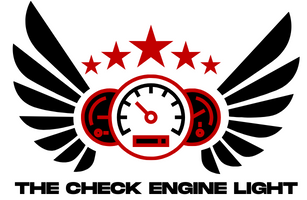

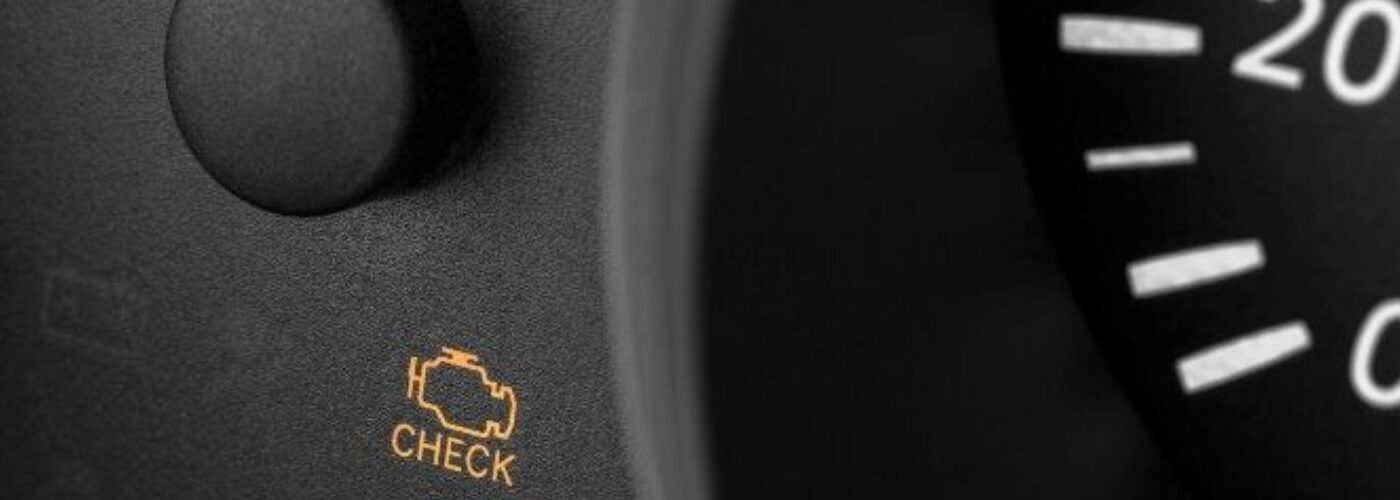
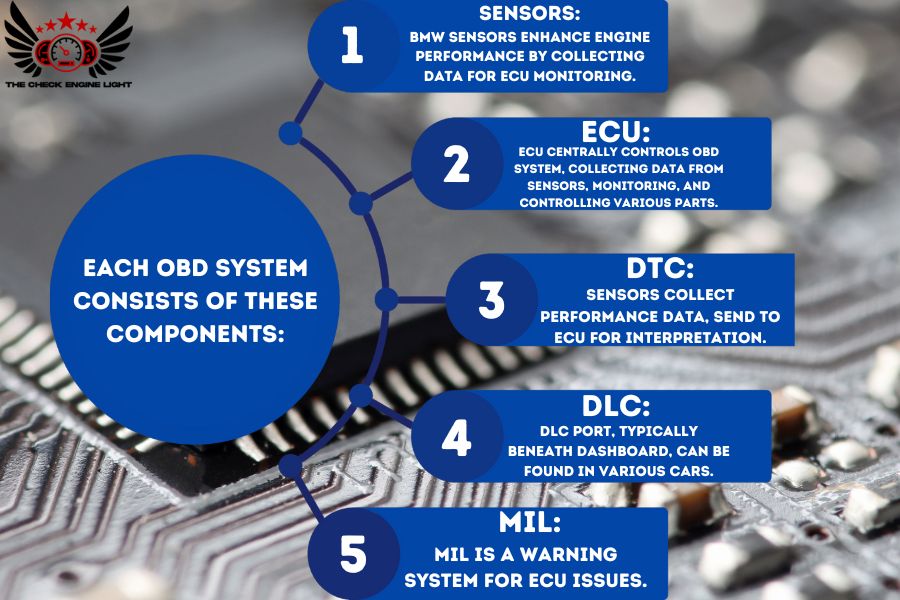
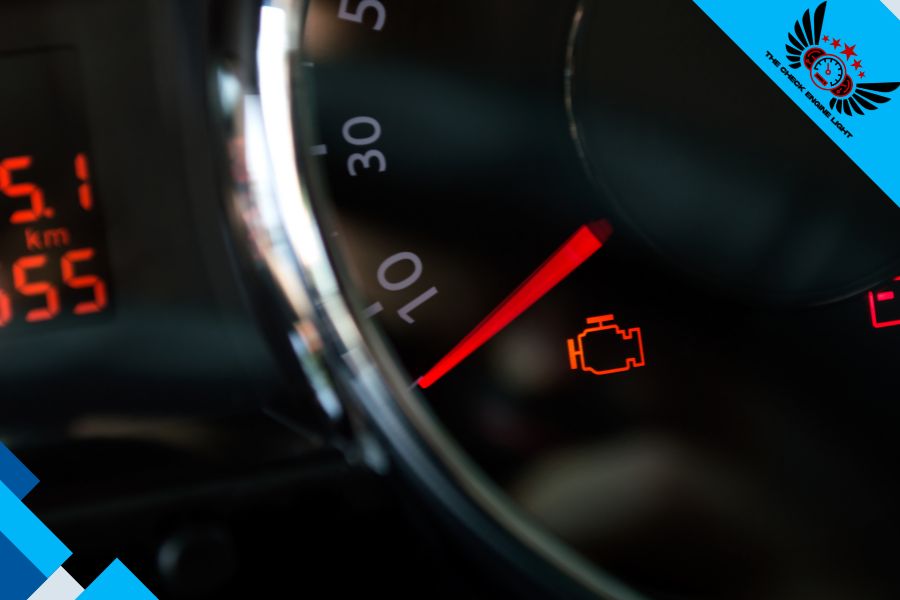
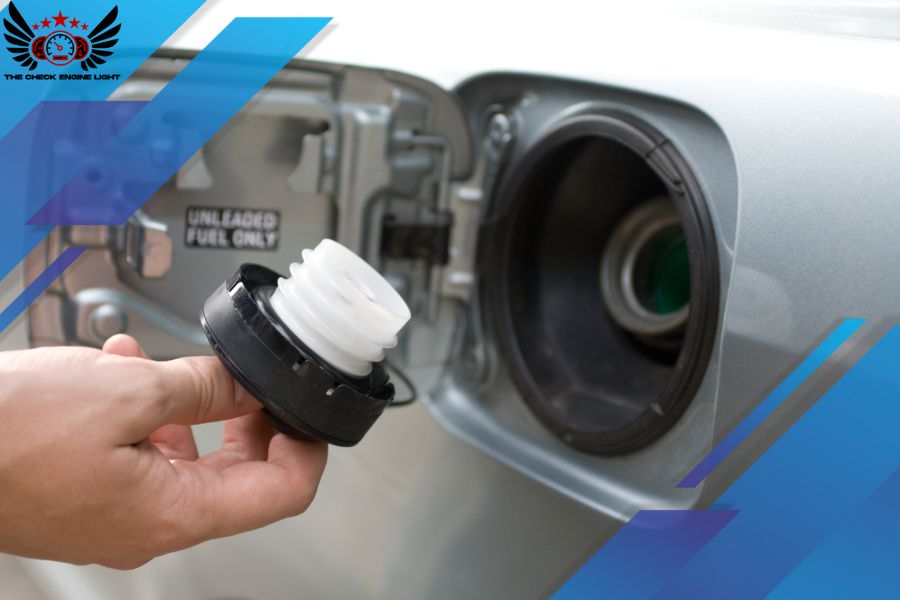
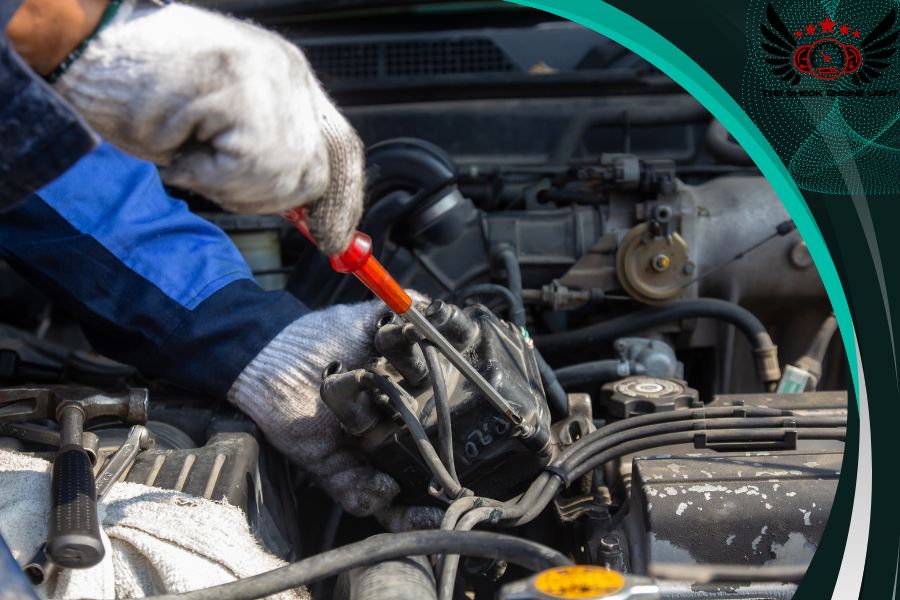
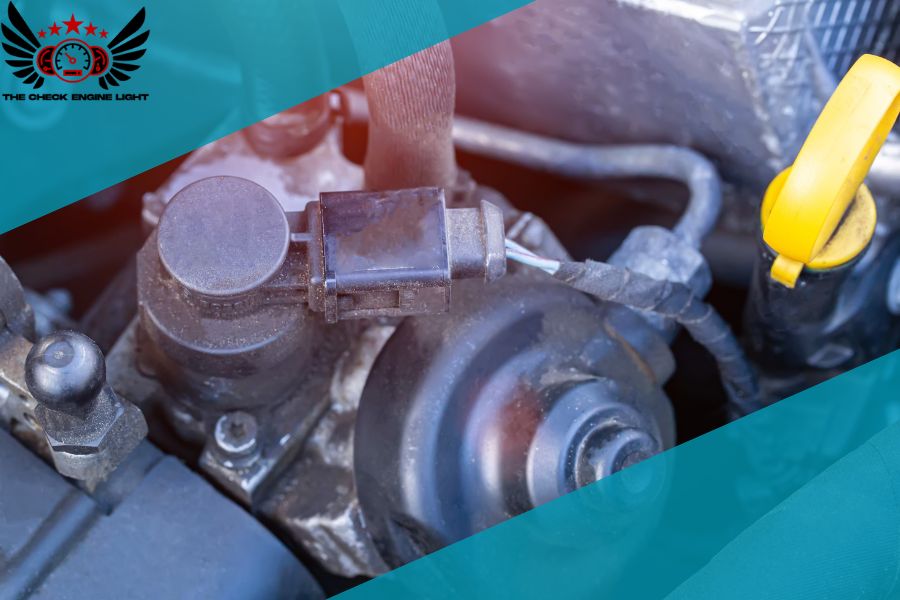
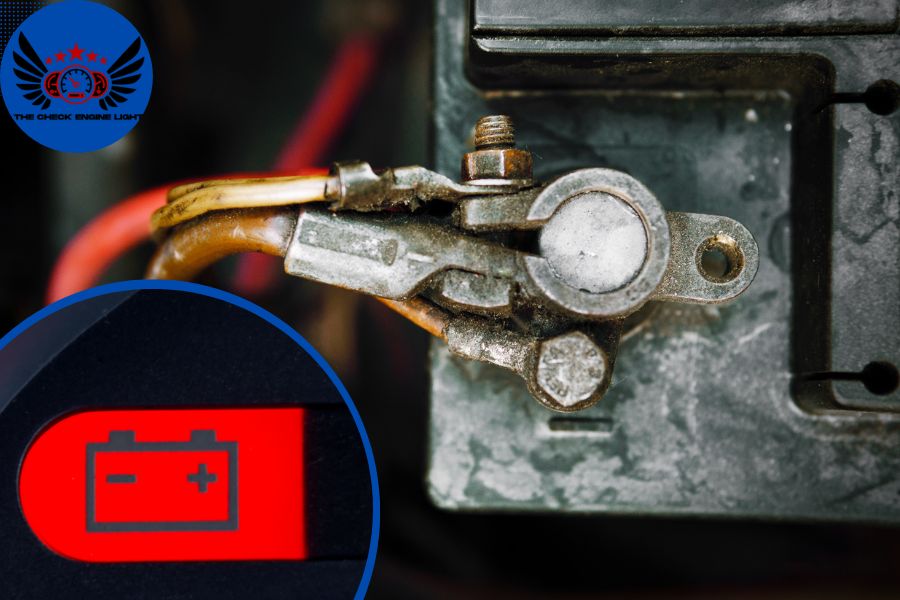
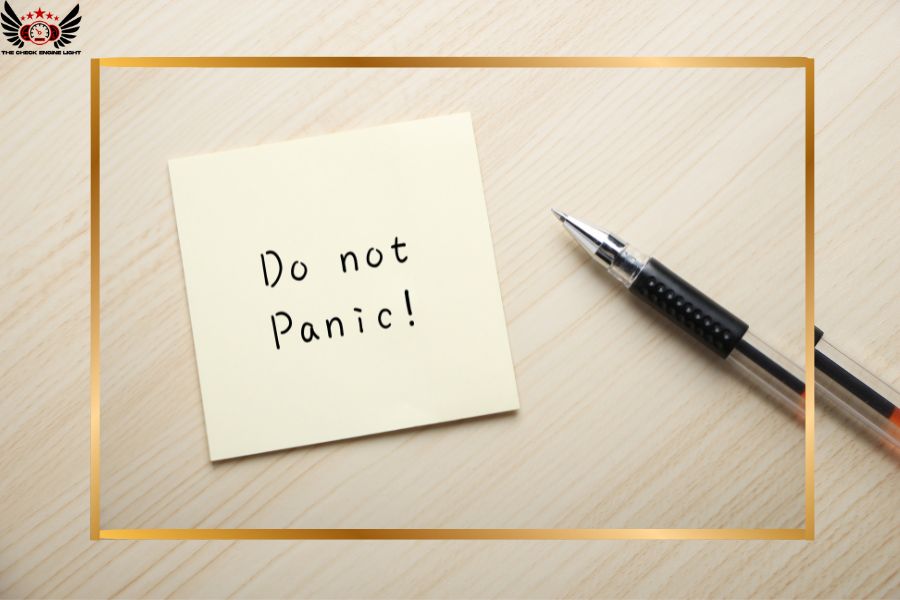
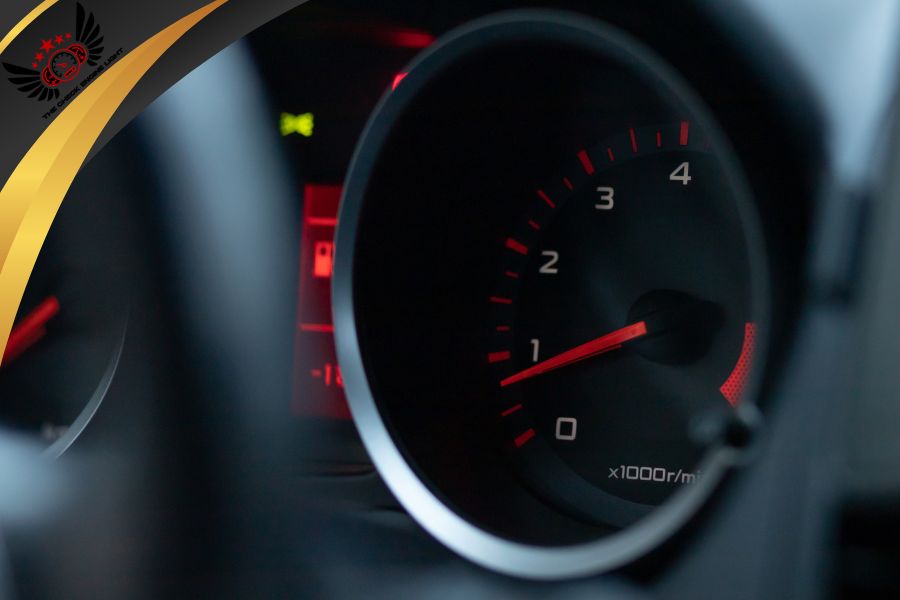
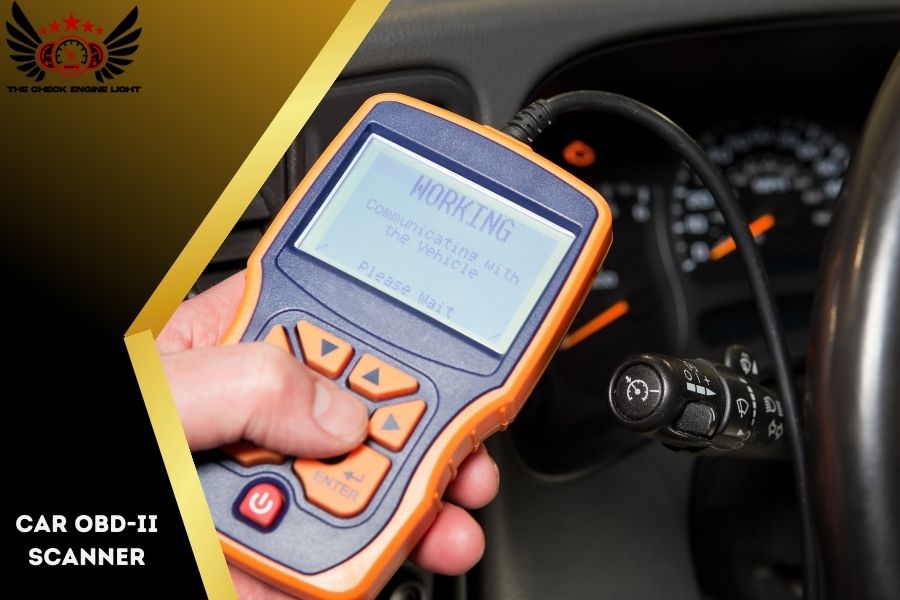
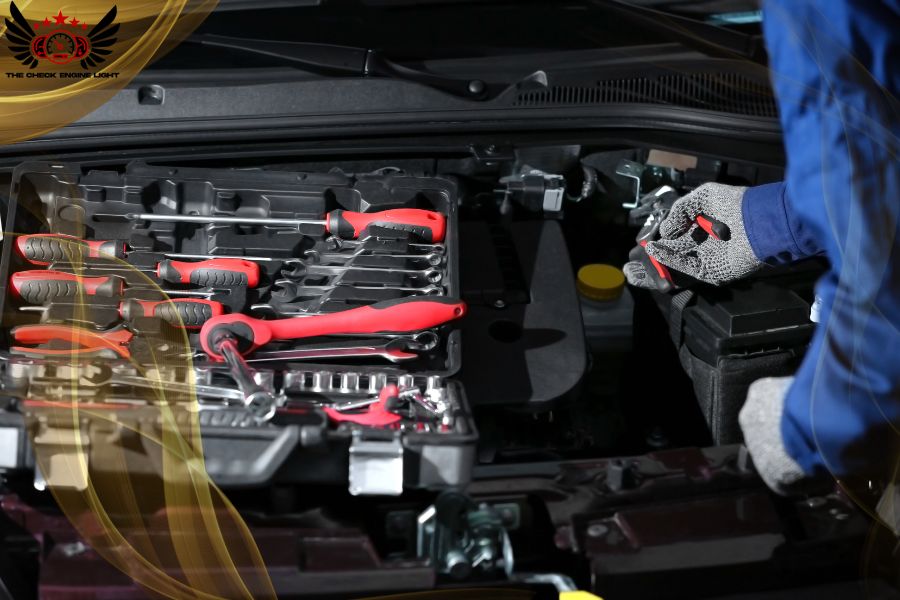
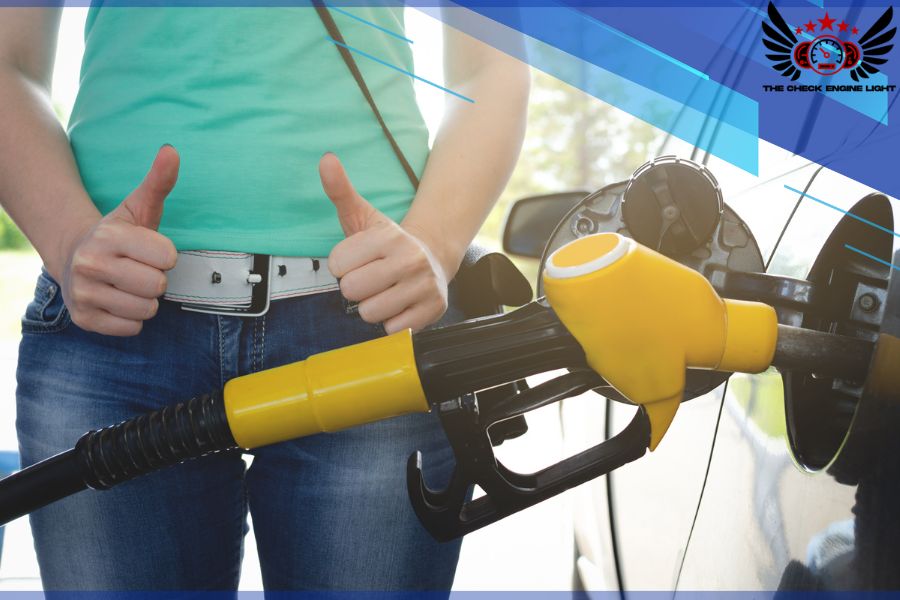
![an pic for Code p0420 Check Engine Light Fully Explained [2024]](https://thecheckenginelight.com/wp-content/uploads/2024/02/Code-p0420-Check-Engine-Light-Fully-Explained-2024-364x225.jpg)
